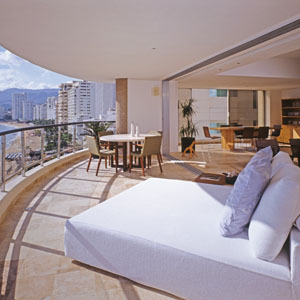 |

If you live near the ocean, focus on the panoramic view of the shoreline. Interior and Furniture Design: EzequielFarca, Architectural Design: GFA grupo inmobiliario, Photography: Paul Czitrom
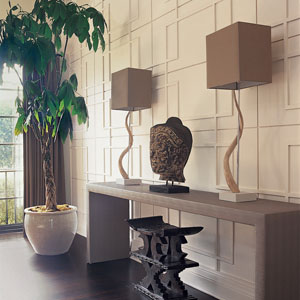
Regional color schemes and architecture can play a big role in the design of a home's interior. Photo: Burnham Design
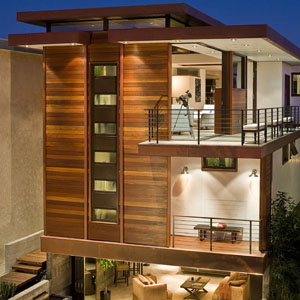
Focus on finishes and materials that translate directly from the interior to the exterior for a seamless look. Photo: Lazar Design/Build
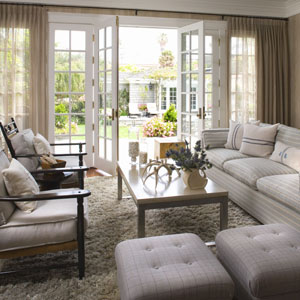
Don’t overdo the “outside in” idea. Instead, follow the “less is more” strategy. Photo: Burnham Design
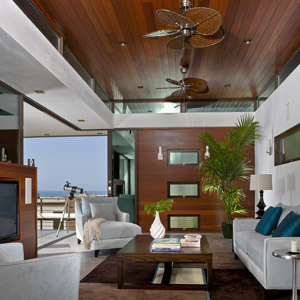
A window from floor to ceiling pushed all the way to one side of a room draws maximum attention. Photo: Lazar Design/Build
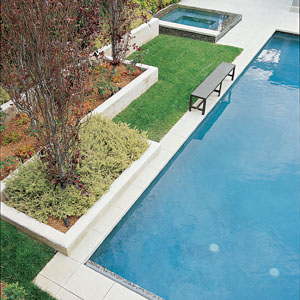
Look at your home's surrounding landscape for design inspiration indoors. Photo: Burnham Design
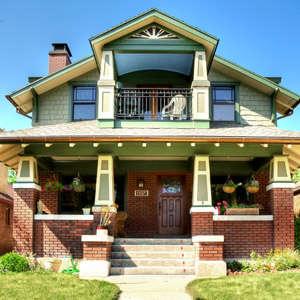
Often, a home's exterior defines the design of its interiors. Photo: Renovation Design Group
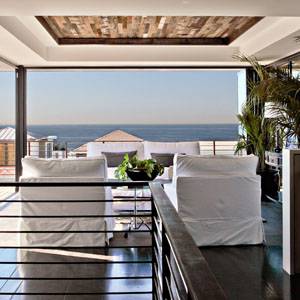
Visually remove the line of demarcation between the outside and interior with windows and doors that offer unobstructed views. Photo: Lazar Design/Build, Photography by Laura Hull Photography
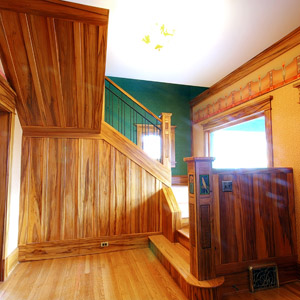
Stained wood often defines bungalow or Craftsman style homes. Photo: Renovation Design Group
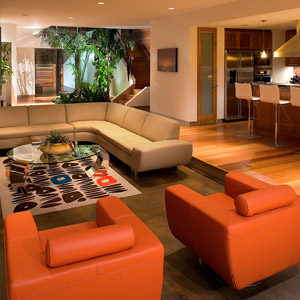
Relate interior colors to the natural color scheme. Photo: Lazar Design/Build, Photography by Brian Thomas Jones
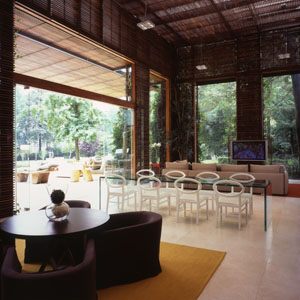
Choose flooring that marries one space to another. Interior architecture and design: EzequielFarca, Photography: Paul Czitrom

Homes come in different styles and flavors, and the interior architectural design can play on themes from these styles. Photo: Lazar Design/Build
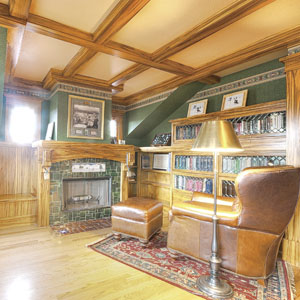
The interior woodwork should relate to the architectural style of the home. Photo: Renovation Design Group
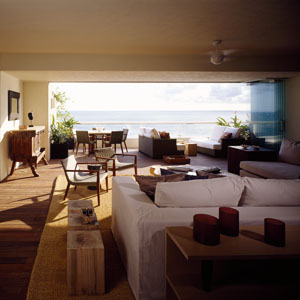
To successfully bring the outside in, use nature for your inspiration. Interior & furniture design: EzequielFarca, Architectural Design: Juan Pablo Cuevas, Wiechers y Asociados, Arquitectos, Photography: Paul Czitrom
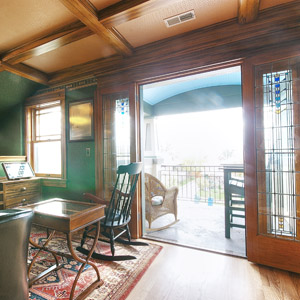
Infuse your taste and decorating style into your home, but let its architecture to guide you. Photo: Renovation Design Group
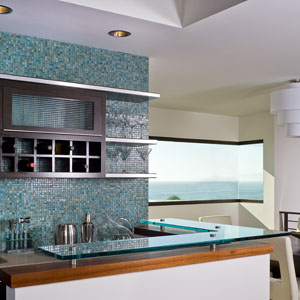
Repeat hues found in the surrounding landscape for a harmonious look. Photo: Lazar Design/Build
Repeat hues found in the surrounding landscape for a harmonious look. Photo: Lazar Design/Build
More Ways to Liven up the Great Indoors
Bring the outside into your home with these three options:
- Add potted plants, an atrium, a living wall or a water feature that matches outside aspects.
- Choose flooring that marries one space to the other—slate or clay floor tiles, for example.
- Include elements that echo surrounding buildings—such as exposed brick or steel columns in converted loft condos.
-
3 Ways to Bring the Outside in
Designers share their secrets for using the outdoors for interior design inspiration.
- by Nancy Christie
While interior design choices can reflect your preferences and tastes, they can also be influenced by the exterior elements of your home, such as your house’s architectural style or the surrounding landscape.
“There are a variety of techniques used by designers, some more architectural and some more decorative, to visually integrate the outside and inside of the home,” says Andrew Fick, sales coordinator for the Williams-Sonoma brand West Elm. “Finishes and materials that translate directly from the interior to the exterior create seamlessness in any threshold or aperture,” such as certain colors, furniture styles and even window treatments.
If you’re looking for design inspiration, consider these three different ways to bring the beauty of the great outdoors in.
1. Architectural Influences
“Homes come in different styles and flavors, and the interior architectural design can play on themes from these styles,” notes Ann Bennion Robinson, A.I.A., principal architect and co-founder of Utah-based Renovation Design Group. For example, she says, the interior woodwork should relate to the architectural style of the home: painted trim in a Cape Cod versus stained wood in a Craftsman Bungalow; minimized interior trim and woodwork complementing the simple lines of a ranch home versus ornately carved interior woodwork for Victorian style homes.

Betsy Burnham, principal designer at LA-based Burnham Design, always considers both the age of the house and its architectural style. “My interiors for a 1920s Spanish-style home may include furnishings with turned legs, black finishes, and a warm color palette [while] a 1950s ranch could include some vintage, mid-century pieces,” says Burnham. “Even though I’d definitely infuse my taste and decorating style into both projects, I’d want the architecture to guide me.”
2. Landscape Elements
To successfully marry the inside with the outside, take a tip from Ezequiel Farca, Mexico City-based interior and furniture designer, and use nature for your inspiration. “I like to take note of the landscape and its organic materials, and then reinterpret these as elements on the interior.”

Then you can visually remove the line of demarcation between the outside and interior with windows and doors that offer unobstructed views. Steve Lazar of Lazar Design/Build of Manhattan Beach, Calif. says, “Whenever possible, I will eliminate an entire wall with a glass door system. The trick to this is all in the placement and size. A window from floor to ceiling pushed all the way to one side of a room draws maximum attention. It does this even more so when the interior wall and ceiling and floor planes match those of the exterior.”
3. Regional Color Choices
Relate interior colors to the natural color scheme, suggests Burnham. “A house on the beach in Malibu will more than likely have a pale interior palette, while a house on the hillside in Malibu will be influenced by earthier, more grounded colors.”
You can also repeat hues found in the surrounding landscape, as Lazar did in the Los Angeles beach homes he created. Capitalizing on the panoramic view of the shoreline provided by sliding-glass pocket doors, he used blue and green as accent colors, evoking the seaside surroundings and giving the impression of an endless coastline.

Just don’t overdo the “outside in” idea. Instead, follow the “less is more” strategy. “As with any of these approaches,” says Fick, “it is important to remember that the goal is not necessarily to mimic the environment, but to engage it instead.”

